Garnet Filter Media: An Overview
Garnet filter media is a highly effective material used in water filtration systems. This natural mineral, known for its hardness and durability, is an essential component in the purification process. Garnet's high specific gravity and varied granule sizes make it ideal for trapping particulate matter in various water treatment applications.
Types and Composition
There are several types of garnet filter media, each with unique properties that cater to different filtration needs. The composition of garnet media can vary, but it typically includes a mix of almandine, pyrope, and other minerals, which contribute to its effectiveness in industrial water treatment processes.
Applications in Water Treatment
The primary use of garnet filter media for water treatment is in multi-media filters where it assists in providing a deep filtration layer. Its angular nature and varying sizes allow for the retention of contaminants, making it suitable for municipal, industrial, and even commercial water treatment facilities.
Features and Advantages
Garnet filter media is known for its high hardness level, which ensures longevity and resistance to abrasion. This media supports high flow rates and low pressure drop, making it an efficient choice for water purification. Its chemical inertness means it does not react with substances it comes into contact with, maintaining the purity of the filtered water.
Material Specifications
When selecting garnet filter media, it's important to consider the material specifications, which include grain size, density, and chemical composition. These factors determine the media's suitability for specific water filtration systems and its overall performance in removing impurities.
Environmental and Economic Benefits
Using garnet filter media contributes to environmental sustainability due to its natural origin and reusability. Economically, it offers cost-effectiveness by reducing the frequency of media replacement and maintenance in water treatment systems.

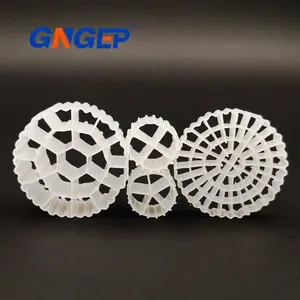


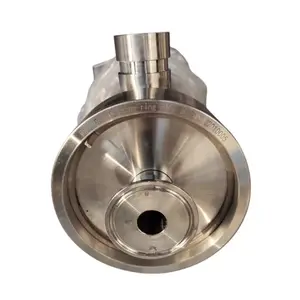









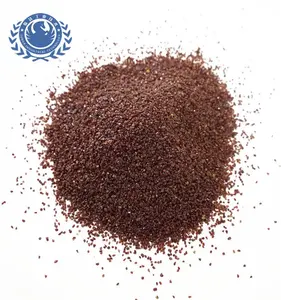
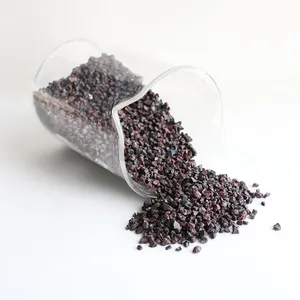

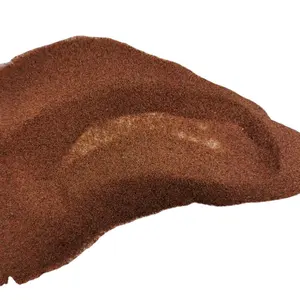
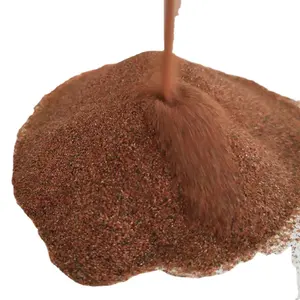
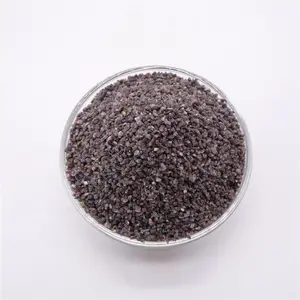




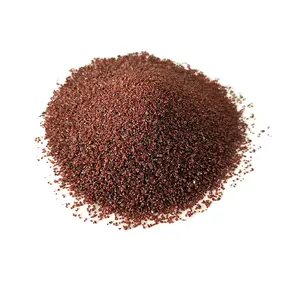
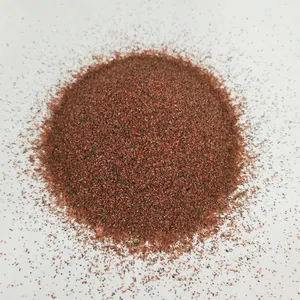






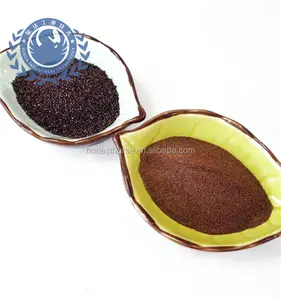




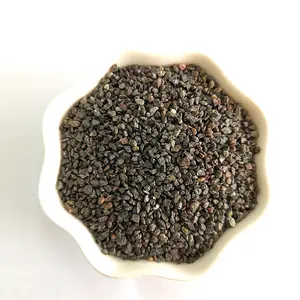


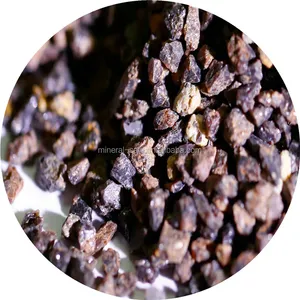
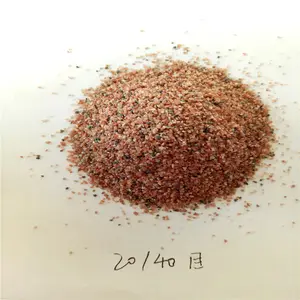
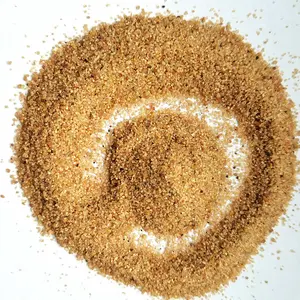

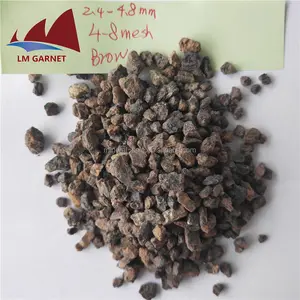



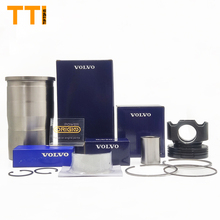
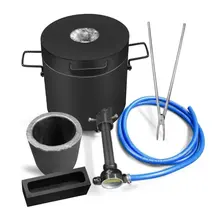


























 浙公网安备 33010002000092号
浙公网安备 33010002000092号 浙B2-20120091-4
浙B2-20120091-4